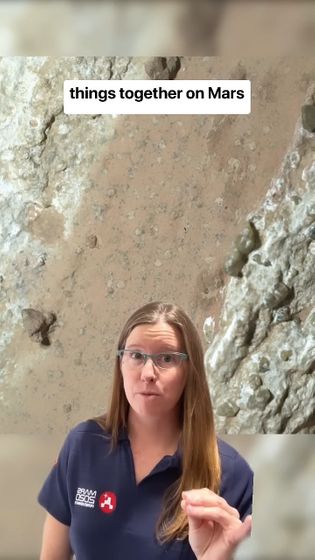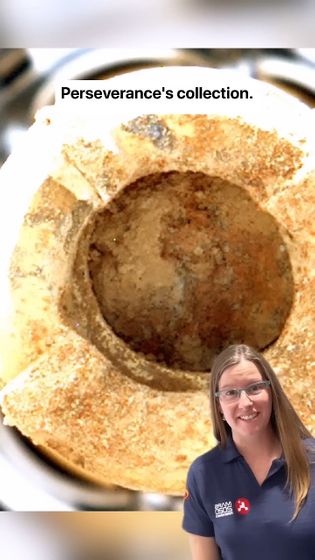NASA's Mars rover Perseverance finds rocks suggesting 'signs of life'

On July 25, 2024, NASA reported that the unmanned Mars rover
NASA's Perseverance Rover Scientists Find Intriguing Mars Rock
https://www.jpl.nasa.gov/news/nasas-perseverance-rover-scientists-find-intriguing-mars-rock

NASA Mars rover finds 'first compelling detection' of potential fossilized life on the Red Planet | Live Science
https://www.livescience.com/space/mars/nasa-mars-rover-finds-first-compelling-detection-of-potential-fossilized-life-on-the-red-planet
NASA's Perseverance Mars rover finds possible signs of ancient Red Planet life | Space
https://www.space.com/nasa-perseverance-mars-rover-rock-ancient-life
Perseverance, which landed on Mars in February 2021, is equipped with scientific instruments not only to collect rock samples from the planet but also to analyze them. It is currently investigating the crater Jezero , where it is hoped that there may be traces of water and life that once existed.
On July 21, 2024, Perseverance was exploring a site called 'Neretva Vallis,' which was once a river about 400 meters wide flowing into Jezero. There, Perseverance found an arrow-shaped rock named 'Chevaya Falls,' drilled a hole and collected samples.
Rock samples collected show mineral veins that suggest water once flowed through them, and analysis by the SHERLOC (Scanning Habitable Environments by Raman and Luminescence of Organics and Chemicals) scientific instrument onboard Perseverance has detected organic compounds, as well as traces of chemical reactions caused by microorganisms similar to those observed on Earth.
A video has also been posted on YouTube in which Morgan Cable of NASA's Perseverance Science Probe team explains the discovery.
Signs of Ancient Life on Mars? Here's What We See in This Intriguing Rock #Shorts - YouTube
The rock from which the samples were taken is called Cheyaba Falls, and is visible in the upper right of Cable's photo. The rock itself is about 1m x 0.6m in size.

When the sample is enlarged, it looks like this.

The white streaks visible on either side are calcium sulfate veins, evidence that water once flowed across the rock surface, Cable said.

SHERLOC analysis detected organic compounds in the areas between the veins.

Another distinctive feature is the leopard-spot-like spots in the center area. Analysis by

Cable said that never before had the three elements of 'mineral deposits suggesting water flow,' 'organic compounds,' and 'chemical reactions that could provide energy for microorganisms' been found together on Mars.

It is not yet clear whether the organic compounds found in the rocks represent traces of ancient life, or whether they were produced by non-biological processes. Perseverance plans to return samples in the future, and the rocks collected this time will be added to the collection that will be sent back to Earth.

Ken Farley, a scientist at the California Institute of Technology and involved in the Perseverance mission, said, 'Cheyaba Falls is the most mysterious, complex, and potentially important rock ever surveyed by Perseverance. For the first time, we have convincingly detected organic matter, distinctive colorful spots that indicate chemical reactions that microorganisms may have used as an energy source, and clear evidence that water necessary for life once passed through the rock. On the other hand, we have not been able to pinpoint exactly how this rock formed or how much nearby rocks heated Cheyaba Falls and contributed to these features.' He argued that to uncover the truth, samples need to be brought back to Earth and examined with more powerful equipment.
Related Posts:







